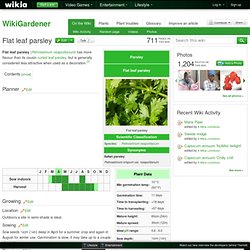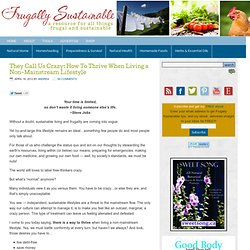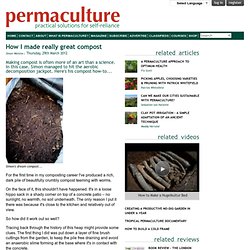

Courses : Martineau Gardens. Community food growing is good business. Hackney chilli sauce at Feast on the Bridge, London Photo © Capital Growth campaign Posting home-grown chilli peppers to customers, running ‘pop up pickling’ events, and collecting grapes from local gardens to produce urban wine… these are just some of the ways a new generation of community food producers is now creating businesses out of its growing projects.

A new report by the sustainable food network Local Action on Food, showcases a selection of inventive community food growing groups and offers a wealth of advice on how others can set up projects in their area. The 80-page report, A Growing Trade: A guide for community groups that want to grow and sell food in our towns and cities, is full of inspirational case studies showing how groups are providing employment and training in their communities as well as therapeutic volunteering opportunities and new life for disused spaces. The long-running Growing Communities in East London is perhaps one of the standout projects. Flat leaf parsley - WikiGardener - The gardening site that anyone can edit. Flat leaf parsley (Petroselinum neapolitanum) has more flavour than its cousin curled leaf parsley, but is generally considered less attractive when used as a decoration.[2] Planner Edit Growing Location Edit Outdoors a site in semi-shade is ideal.

Sowing. How to Make Dandelion Honey. I adore dandelion clocks but have had a love/hate relationship with the plants themselves for years due to their pesky roots.

However, as ‘weeds’ go, they are beneficial as they attract pollinating insects (and in particular bees), they can be eaten, made into drinks of all descriptions and are loaded with vitamins and minerals, namely A, C and K as well as iron, potassium, calcium and manganese. They’ve also been around for over 30 million years – it’s no wonder their roots are so deep and strong! Almost every child I know has heard the tale that they make you wet the bed (indeed I was taught the very same) which stems from the plant’s use as a strong diuretic, though it’s the roots that are used for this purpose, not the flowers. It wasn’t until @zwartblesIE mentioned Dandelion Honey on twitter that I’d seriously considered using the flowers in the kitchen. Suzanna generously shared her recipe and if you’d like to try this intriguing sounding dish, here it is: Like this: Like Loading...
How to design more resilient, food producing systems (without money and fossil fuels) Last week I started to discuss those common cultural barriers and mental blocks that have hindered our progress in preparing for an uncertain future on our small family farm. We realised these barriers fall into four categories and I started with 'Received Wisdom'. This week I thought I'd try tackling the next two on our list. These two are very much intertwined so I've grouped them together – available money and fossil fuel power Available money Culturally we've been led to believe that lack of sufficient funds hinders progress, but the question to ask is 'progress towards which goal'? We've never been particularly wealthy but it takes surprisingly little money to mess up your thinking.
Little garden shed of consumer horrorsLooking out the window right now I can see a poorly built garden shed with a leaky roof. Basically, having money in our pockets enabled us to out-source the need to use our own brains. They Call Us Crazy: How To Thrive When Living a Non-Mainstream Lifestyle. Your time is limited,so don’t waste it living someone else’s life.

~Steve Jobs Without a doubt, sustainable living and frugality are coming into vogue. Yet by-and-large this lifestyle remains an ideal…something few people do and most people only talk about. For those of us who challenge the status quo and act on our thoughts by stewarding the earth’s resources, living within (or below) our means, preparing for emergencies, making our own medicine, and growing our own food — well, by society’s standards, we must be nuts! The world still loves to label free-thinkers crazy.
How I made really great compost. For the first time in my composting career I've produced a rich, dark pile of beautifully crumbly compost teeming with worms.

On the face of it, this shouldn't have happened. It's in a loose hippo sack in a shady corner on top of a concrete patio – no sunlight, no warmth, no soil underneath. The only reason I put it there was because it's close to the kitchen and relatively out of view. So how did it work out so well? Tracing back through the history of this heap might provide some clues. Next, my aim was to create sufficient material to spread over an area of approximately 8 square metres of garden which is currently covered in plastic sheeting and gravel: a dead soil in a dead space.
As a result, the ambitious size of the heap helped the decomposition process by allowing heat to build up within the pile – in fact once it had all but filled the hippo sack I'd often find it steaming away on even cool mornings when I went to add the latest caddy of kitchen stuff.